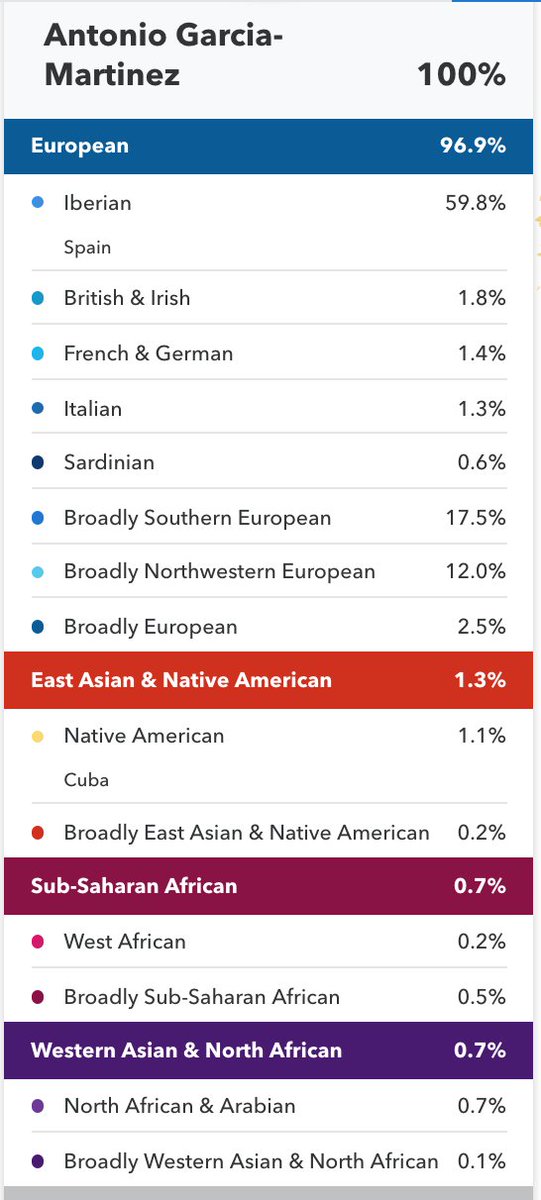So, here's my contrarian take on Why Trunk-Based Development Is Great But Probably Won't Work For You. Buckle up, it's a long one.
* pairing skills
* schedules built around pairing
* atomic commit practices
* sync work over async work
* WIP limits
* adequate feedback loops
* "just in time" planning
* local pre-commit builds
* fast builds
* reliable builds
* trustworthy test coverage
* keep-it-green practice + rapid rollbacks
* robust feature toggles
* robust observability
* rapid deploys
* robust continuous deployment model
* A mutual-support & learning culture
* Trust in others
* Rapid failure recovery
* Openness to risk-taking in approach
https://t.co/cVc4gUWYmO
This is in contrast to what I think of as sync/team\u2014a culture that leans into interdependence and collaboration. If you've never worked on a team that collaborates very closely every day for months or years on end (and likes it) you've likely not experienced a team like this.
— A Brian For All Four Seasons (@bguthrie) January 4, 2021
More from For later read
You May Also Like
Oh my Goodness!!!
I might have a panic attack due to excitement!!
Read this thread to the end...I just had an epiphany and my mind is blown. Actually, more than blown. More like OBLITERATED! This is the thing! This is the thing that will blow the entire thing out of the water!
Has this man been concealing his true identity?
Is this man a supposed 'dead' Seal Team Six soldier?
Witness protection to be kept safe until the right moment when all will be revealed?!
Who ELSE is alive that may have faked their death/gone into witness protection?

Were "golden tickets" inside the envelopes??

Are these "golden tickets" going to lead to their ultimate undoing?
Review crumbs on the board re: 'gold'.

#SEALTeam6 Trump re-tweeted this.

I might have a panic attack due to excitement!!
Read this thread to the end...I just had an epiphany and my mind is blown. Actually, more than blown. More like OBLITERATED! This is the thing! This is the thing that will blow the entire thing out of the water!
Tik Tok pic.twitter.com/8X3oMxvncP
— Scotty Mar10 (@Allenma15086871) December 29, 2020
Has this man been concealing his true identity?
Is this man a supposed 'dead' Seal Team Six soldier?
Witness protection to be kept safe until the right moment when all will be revealed?!
Who ELSE is alive that may have faked their death/gone into witness protection?

Were "golden tickets" inside the envelopes??

Are these "golden tickets" going to lead to their ultimate undoing?
Review crumbs on the board re: 'gold'.

#SEALTeam6 Trump re-tweeted this.



















